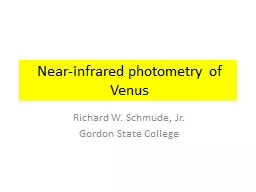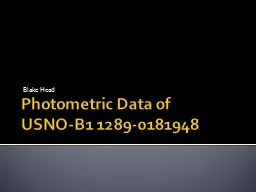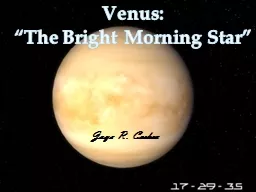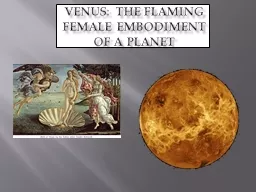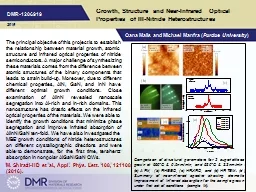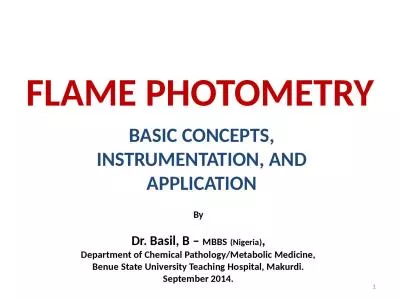PPT-Near-infrared photometry of Venus
Author : liane-varnes | Published Date : 2017-05-29
Richard W Schmude Jr Gordon State College Overview Purpose of work Introduction Method and materials Results Conclusions Purpose of work Determine NearIR photometric
Presentation Embed Code
Download Presentation
Download Presentation The PPT/PDF document "Near-infrared photometry of Venus" is the property of its rightful owner. Permission is granted to download and print the materials on this website for personal, non-commercial use only, and to display it on your personal computer provided you do not modify the materials and that you retain all copyright notices contained in the materials. By downloading content from our website, you accept the terms of this agreement.
Near-infrared photometry of Venus: Transcript
Download Rules Of Document
"Near-infrared photometry of Venus"The content belongs to its owner. You may download and print it for personal use, without modification, and keep all copyright notices. By downloading, you agree to these terms.
Related Documents

